Latin America. Sound, external noise is so present in our lives that we often don't notice it, as our brains mitigate organic noise. City dwellers subliminally ignore the noise of car horns, thunderous trucks, and passing planes.
Our brains even subconsciously process so-called ambient noise, such as the sound that comes from air conditioning systems. However, once a meeting begins, as most managers and IT directors know, all that noise can suddenly take on an annoying leading role. Therefore, technology with noise filter capability has never been more important for hybrid meetings to be a positive experience.
Often, sources of noise that come from specific distractors such as an incessant wall clock or a grinding chair, can be easily identified and removed. Externally generated noise, such as traffic, can be mitigated by a combination of barriers (such as soundproof walls or buildings with insulated walls) and various technologies (either sound suppression or automatic reduction of ambient noise).
Internal noise, such as room echoes and reverberation that interfere with speech intelligibility, can be addressed with a wide variety of acoustic techniques or products (such as an absorbent acoustic wall or ceiling treatments).
Some sources of noise are simply part of the meeting process: the use of laptop keyboards, computer cooling fans, a person with a cough, and another who clears his throat, among others. They are sounds typical of everyday life, but they can distract the participants of a work session. During video conferencing these sound distractors can be intensified when combined with acoustic and ambient noise from remote rooms or the different spaces from which participants connect, and all of these noises are beyond the control of IT managers managing a main room.
With the help of available noise attenuation technologies, it is possible to solve many of these challenges to improve the environments in which remote meetings are held.
How can I assess noise interference?
Before identifying a technical solution, the acoustic caliber of the meeting space must be determined. That is done by measuring its signal-to-noise (S/N) ratio. Simply put, that's the difference between the space's noise level and your desired sound level, all measured in decibels (dB). For example, the typical voice level is estimated to be around 65 dB. In a room with 50 dB of ambient noise, the S/W ratio is 15 dB, while a room with only 40 dB of background noise has an S/N ratio of 25 dB. Therefore, the higher the value of the S/N ratio, the better it will be to conduct a meeting.
What is the noise filter and how does it work?
The noise filter, or noise reduction and suppression, is the removal or mitigation of unwanted sound to separate it from the sound you want to hear. There is a wide variety of techniques that help reduce audible noise, and among the main examples we can find the direction or the formation of beams. These are arrays of microphone elements that can be controlled and pointed using digital signal processing (DSP). There are two general types: With static or passive beam addressing, the microphone array picks up sound from a coverage area specified by DSP unit programming and rejects sound outside that coverage area. Adaptive dynamic beam formation, on the other hand, follows the movements of the source of the desired sound, such as a presenter speaking while walking through a room, while suppressing unwanted sounds. As can be understood, this requires more complex processing.
Why is the noise filter important for meetings?
Poor audio quality obviously harms the overall quality of the meeting and noise, whether originating in the meeting room or outside it, is one of the main causes of a bad audio experience. A study in the British Journal of Psychology demonstrates how noise negatively affects productivity. When audio quality is below average during online meetings, participants are forced to try harder to listen and maintain attention. Contrary to what one might think, this extra effort of concentration does not generate a positive effect, as it results in what is known as "forced listening", which can lead to a lower ability to remember, as well as higher levels of effort and, ultimately, fatigue.
How to choose technological systems for meetings with noise filter capability?
There is a growing number of compact video conferencing solutions incorporating beam addressing technology. One example is the Bose Videobar VB1, which has six built-in beam addressing microphones that automatically focus on voices in the room and reject noise. These types of devices must integrate dynamic, static and adaptive processing of beamforming to fit a wide range of meeting rooms. In addition, they must be able to program "exclusion zones, that is, areas in a room where microphones will ignore any sound and provide an automatic equalization function to optimize the frequency response of the audio of all meeting participants.
For those who connect from public places (airports, cafeterias) you can use headphones that offer microphones with the appropriate technology to isolate the voice and eliminate noise from the environment, in addition to various levels of noise cancellation to hear only the sound that comes from the meeting.
Along with acoustic echo reduction (the DSP that detects reflections from walls and floors, and electronically overrides echo), these are the types of functions IT managers should look for in a hybrid meeting system to ensure that what is heard is the message and not the noise.
Text published by the company Bose.



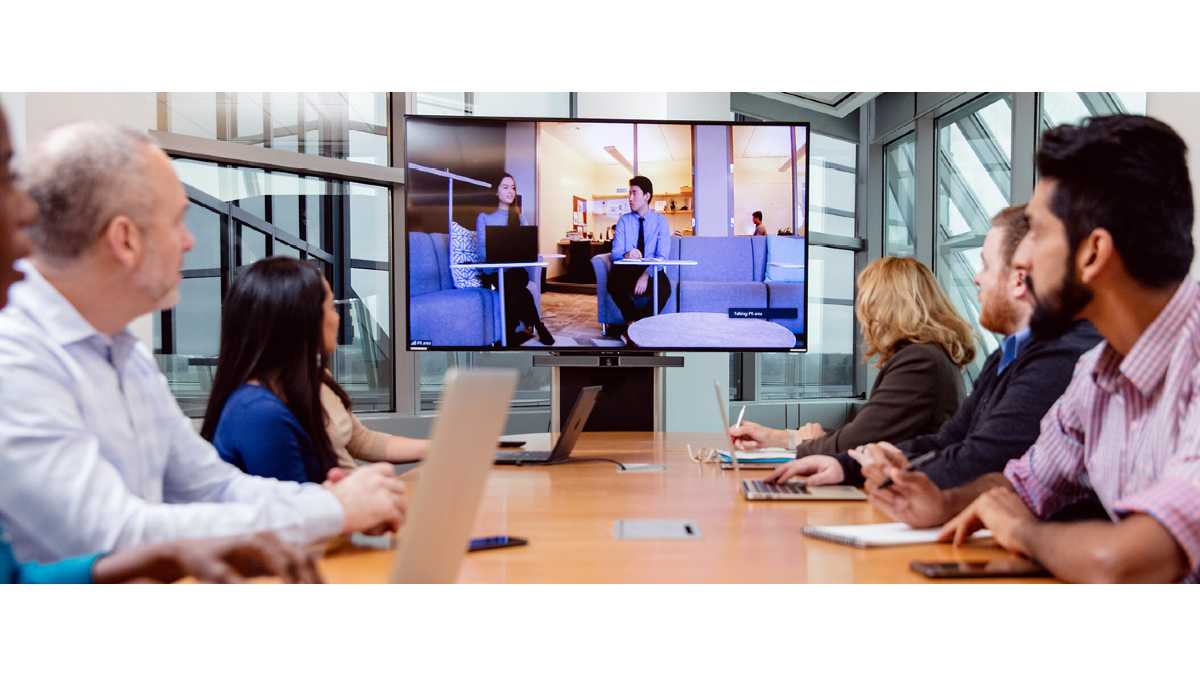

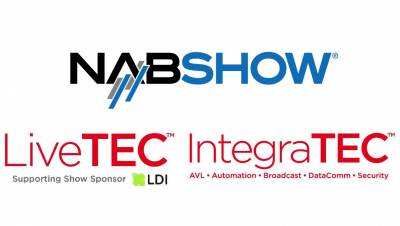
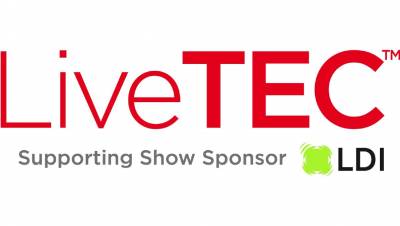
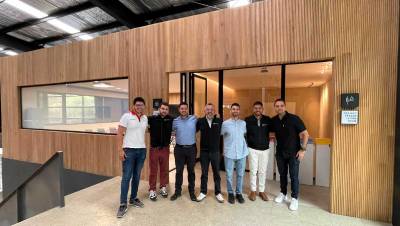
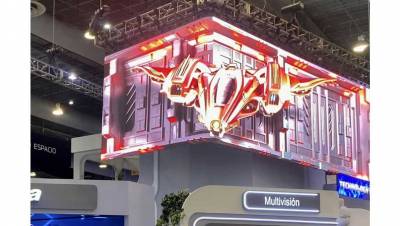
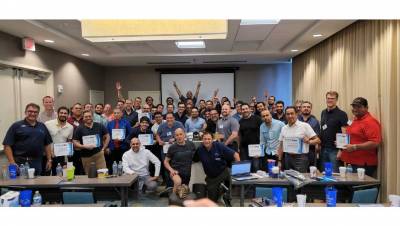

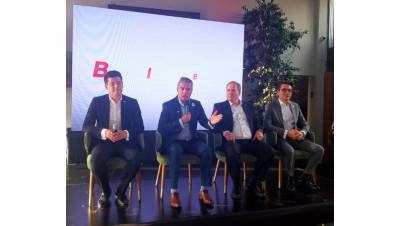
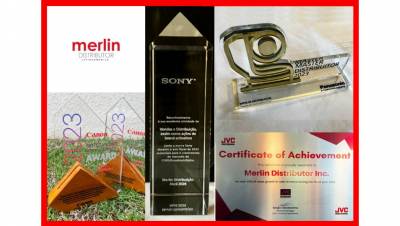














Leave your comment